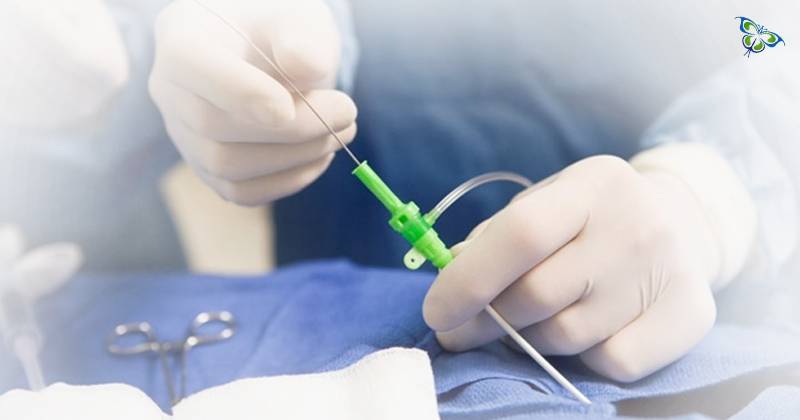
Hello
Select Address

Straight tip catheters are the most common and popular catheter variant. The usual FAQs concerning this type are the following ones:
Why are straight tip catheters considered standard catheters?
Commonly, straight tip catheters are the ones used by most people. Therefore, they are available in different variants to perfectly suit both the male and female anatomy. These are available in all lengths too.
What are the different variants in which straight tip catheters are available?
The materials in which straight tip catheters are available are latex, silicone and silicone latex. They may be with a funnel and connector or without them. Another variant of the straight tip catheters is that they could be 'hydrophilic' or non-hydrophilic. So, what are hydrophilic catheters? They are the pre-lubricated ones. Catheters that are not pre-lubricated need to be used along with a sterile lubricant – the one that is medically approved for catheter use.
What is the difference between a Coude Catheter and a Straight Tip Catheter?
A coude catheter is one that has a slight bend on the tip that needs to be inserted through the urethral passage. This angle, in fact, allows the catheter to avert obstructions such as an enlarged prostate or any other physiological anomalies that concerns the urinary pathway. Insertion becomes easier with the bent tip for any individual with an obstruction.
Who are the ideal ones to use straight catheters?
Patients who simply cannot empty their bladder normally due to certain physical and medical conditions are the ones to use straight tip catheters. Medical conditions that might lead to the use of straight tip catheters are:
1. An enlarged Prostrate
2. Spina Bifida that might attack a person from birth
3. Any kind of spinal cord injury that interrupts the proper working of the nervous system
4. Multiple sclerosis
5. Neurogenic Bladder and others
Do straight tip catheters have variants? What are they?
Although straight catheters are available in a variety of lengths, diameters, and materials, yet, they can be broadly categorized into two:
a. Traditional straight catheters – These are the original urinary catheters. Generally, they come uncoated. Moreover, they should be manually lubricated before inserting into the penis or urethra, for ease of use.
b. Compact straight catheters – They are designed with the intent of being user-friendly in the sense that the user can go about doing his daily job without any interruption. These are essentially travel-friendly as they are pocket-sized and come pre-lubricated. The non-touch framework in which they are available, makes them usable anytime, anywhere according to the need and convenience of the user.
How Do I Get Straight Catheters for myself?
Straight Catheters are generally a prescription medical device. You, therefore, need to consult your urologist for the same. Once he provides you with a prescription, you can get your supply of a straight catheter.
Since catheters come in different styles and sizes, and there is no one size of the catheter that could fit all and sundry, you need to try out different catheters before deciding upon one.
How do I use my straight tip catheters?
Before you start off with intermittent catheterization, you will be provided with necessary professional instructions as well as materials about how to use a catheter, from your healthcare professional. So, in the first place, you needn't worry much! The most crucial element while using a catheter is maintaining proper hygiene. In order to that, you need to follow these steps:
1. Wash your hands with soap and water or an antibacterial hand sanitizer, and dry thoroughly.
2. Use a non-alcoholic antiseptic wipe to cleanse your insertion area.
3. You need to pre-lubricate the catheter after opening the seal of the packet.
4. Carefully insert the catheter tip into the urethra. If it pains, you should remove it and try again. Keep sliding in the catheter until you reach the bladder.
5. Once your urine starts flowing through the catheter, you know that you've reached the bladder.
6. Once the urine stops flowing, it signals that the bladder is empty.
7. The catheter then needs to be withdrawn slowly.
What are the complications that might arise while using my catheter?
There are certain possible complications that might normally arise while using a catheter. Don't panic; you only need to call your doctor in such a situation. The possible situations are
1. Urethral injury
2. UTI or Kidney Infections
3. Blood infections (septicemia)
4. Blood that might ooze out along with urine (haematuria)
5. Kidney damage
6. Sensitivity or allergy to latex
Straight tip catheters are the easiest-to-use among all the other types of this product. So, whenever in doubt, your health professional is always there to help you out.